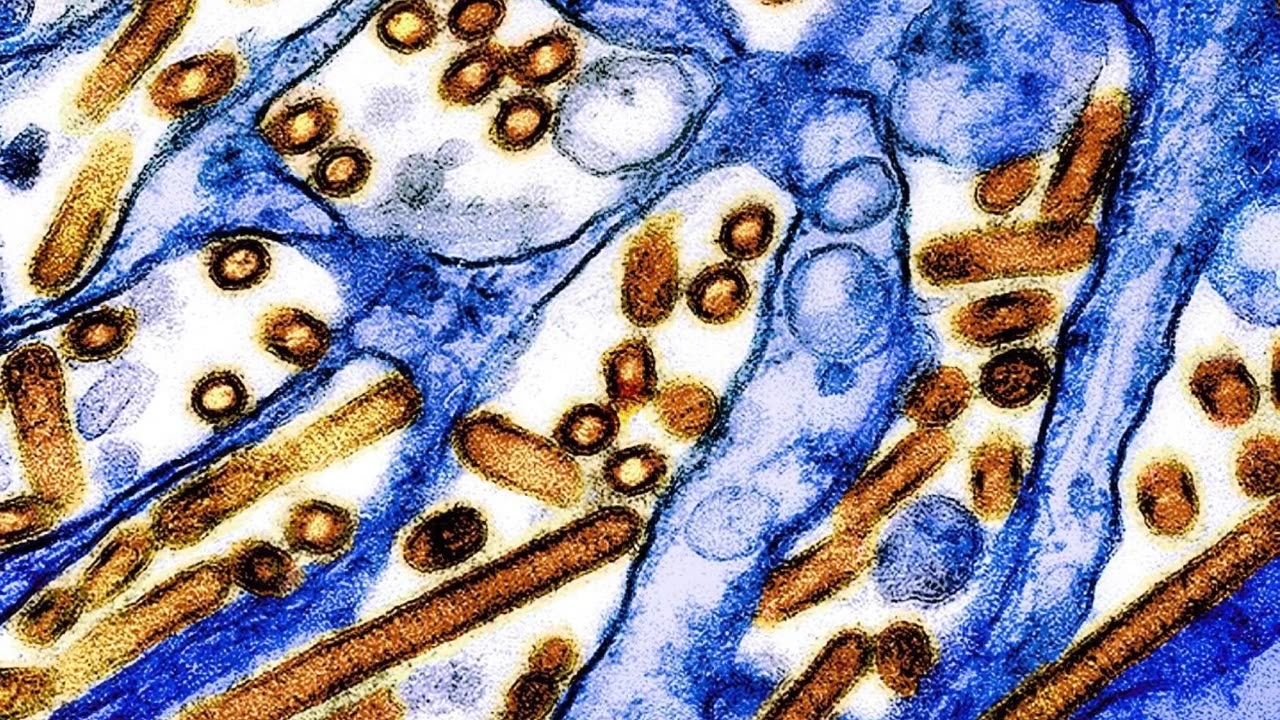Premium Only Content

Cow Flu Crisis? Decoding the Dangerous Jump of H5N1 to Humans
Research on H5N1 influenza in U.S. dairy cattle shows the virus can cause severe disease in mice and ferrets but lacks efficient transmission through respiratory droplets. This finding suggests a limited potential for these bovine-derived viruses to cause widespread disease among mammals.
Experimental Findings From H5N1 Infection in U.S. Dairy Cattle
A series of experiments with highly pathogenic H5N1 avian influenza (HPAI H5N1) viruses circulating in infected U.S. dairy cattle found that viruses derived from lactating dairy cattle induced severe disease in mice and ferrets when administered via intranasal inoculation. The virus from the H5N1-infected cows bound to both avian (bird) and human-type cellular receptors, but, importantly, did not transmit efficiently among ferrets exposed via respiratory droplets.
The findings, published on July 8 in the journal Nature, suggest that bovine (cow) HPAI H5N1 viruses may differ from previous HPAI H5N1 viruses and that these viruses may possess features that could facilitate infection and transmission among mammals. However, they currently do not appear capable of efficient respiratory transmission between animals or people.
-
 LIVE
LIVE
The Charlie Kirk Show
10 minutes agoHow Trump Governs + Breaking the Barrel + Youth for Christ | Starbuck, Marlow, Knowles | 8.27.2025
1,989 watching -
 LIVE
LIVE
Major League Fishing
5 days agoLIVE! - Fishing Clash Team Series: Challenge Cup - Day 4
343 watching -
 LIVE
LIVE
The Mel K Show
27 minutes agoMORNINGS WITH MEL K - Reexamining the US relationship with International Banks, Treaties, and NGOs 8-27-25
363 watching -
 UPCOMING
UPCOMING
The Shannon Joy Show
2 hours ago🔥🔥SAVE Baby Kit! Hospital Injects 2 Pound Baby With Hep B Vaccine Without Mom’s Consent, Injures Him Severely Then Calls CPS On The Family!🔥🔥
2105 -
 LIVE
LIVE
Viss
49 minutes ago🔴LIVE - Improve Your Battle Royale Play with Tactics & Strategy! - PUBG
183 watching -
 LIVE
LIVE
Grant Stinchfield
2 hours agoBallot Harvesting Scams EXPOSED: Dead Voters, Fake Signatures, Real Crimes
56 watching -
 1:01:40
1:01:40
VINCE
3 hours agoThe Democrats' Ticking Time Bomb | Episode 112 - 08/27/25
137K60 -
 LIVE
LIVE
JuicyJohns
3 hours ago $0.42 earned🟢#1 REBIRTH PLAYER 10.2+ KD🟢
73 watching -
 LIVE
LIVE
LFA TV
5 hours agoLFA TV ALL DAY STREAM - WEDNESDAY 8/27/25
5,495 watching -
 LIVE
LIVE
GloryJean
2 hours agoAggressive Solo Gameplay on Mouse & Keyboard 🖱️ 6.7 K/D
37 watching